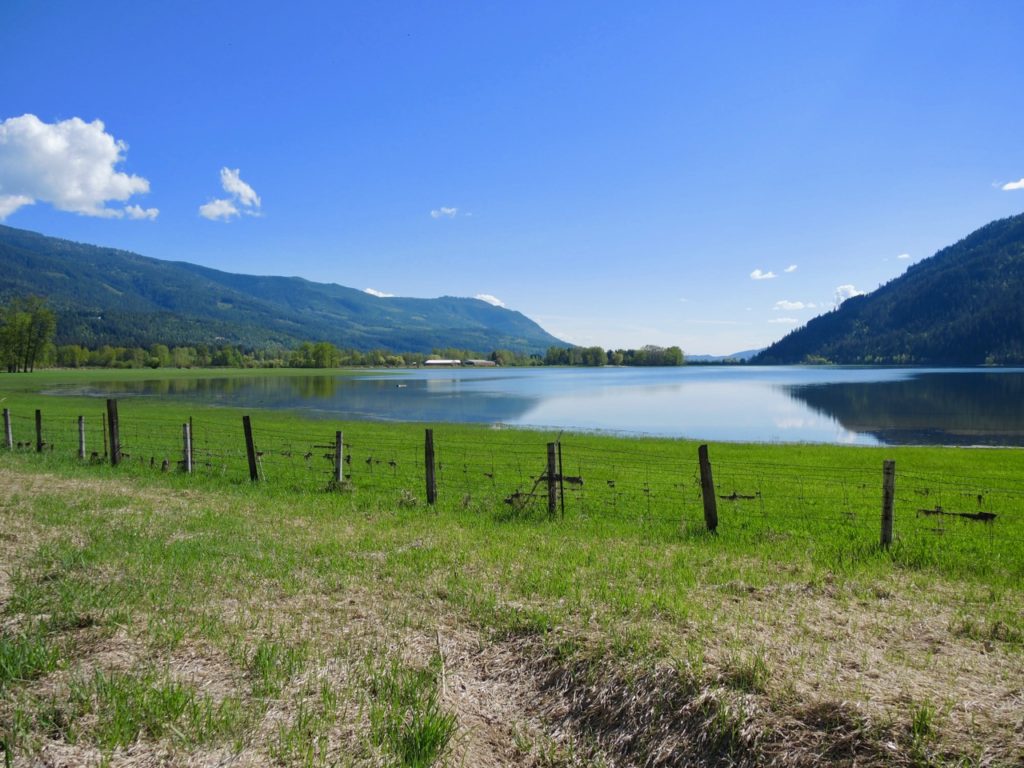
The Shuswap is poised to reap substantial benefits from the Shuswap North Okanagan Rail Trail once it is completed. The 50-kilometre-long, 3 to 4.6-metre-wide non-motorized trail will extend from Sicamous to Armstrong and one day it could be connected to the recently completed Vernon-Kelowna Rail Trail that may eventually reach Osoyoos. The success of the project to date is due to the collaboration between the Splatsin, the Columbia Shuswap Regional District and the Regional District of the North Okanagan, with strategic expertise from the Shuswap Trail Alliance.
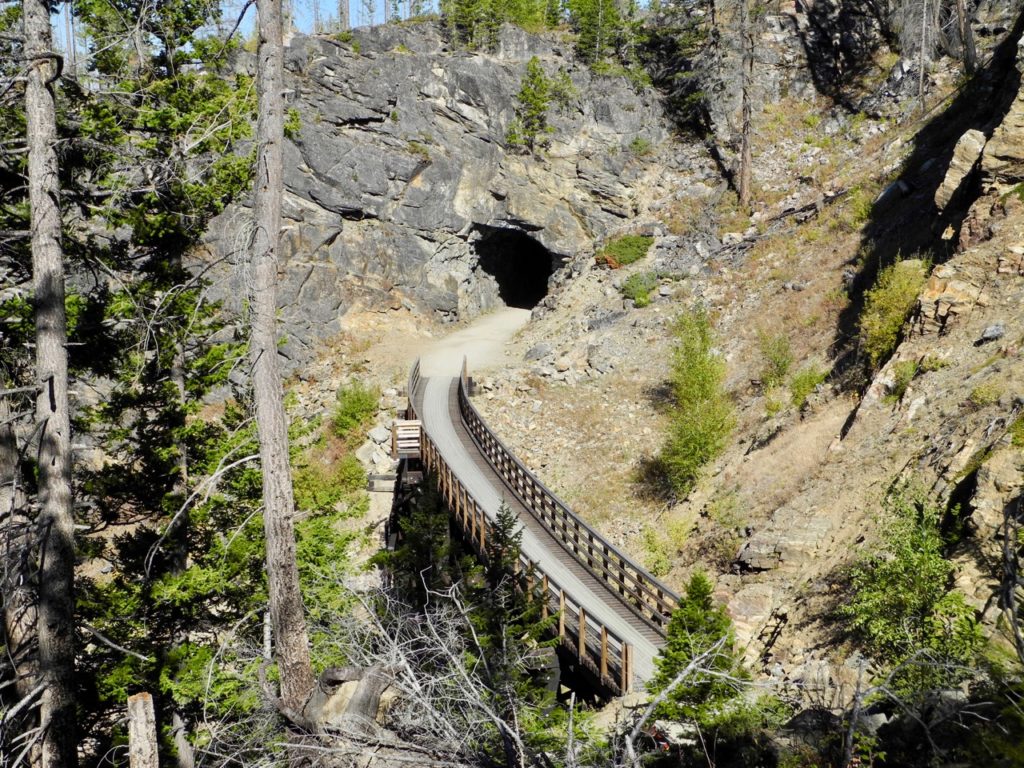
There are many examples of successful rail trails in B.C., Canada and throughout North America, including the Slocan Valley, numerous trails on Vancouver Island, the Galena Trail near New Denver and the very popular Myra Canyon Trestles Trail that was once part of the Kettle Valley Railway and sees over 40,000 visitors per year. All of these trails attract many thousands of hikers and bikers every year, which has benefited the local communities immensely. (watch the Myra Canyon cycling video here)
When work began to secure the corridor from the CP, organizers determined there was no need to produce an economic impact analysis, because there was already an excellent study done for the Okanagan Rail Trail, which could be easily extrapolated to the then proposed northern section. Their study projected over 500,000 yearly visitors, nearly $7 million in spending and nearly 70 person years of employment after five years.

Amazingly, the study vastly underestimated how popular the trail would be, as the projected number of visitors in the fifth year was achieved in just the first full year, 2019, and the numbers continued to increase last year. Many of the businesses along the route have increased their number of customers, including a general store in Oyama that added a bike rental service. Of course, the Okanagan trail is situated in a region with over 200,000 residents, which is nearly four times greater than the Shuswap/North Okanagan. However, if the positive impacts here were one quarter that of the Okanagan, the benefits would still be very significant.
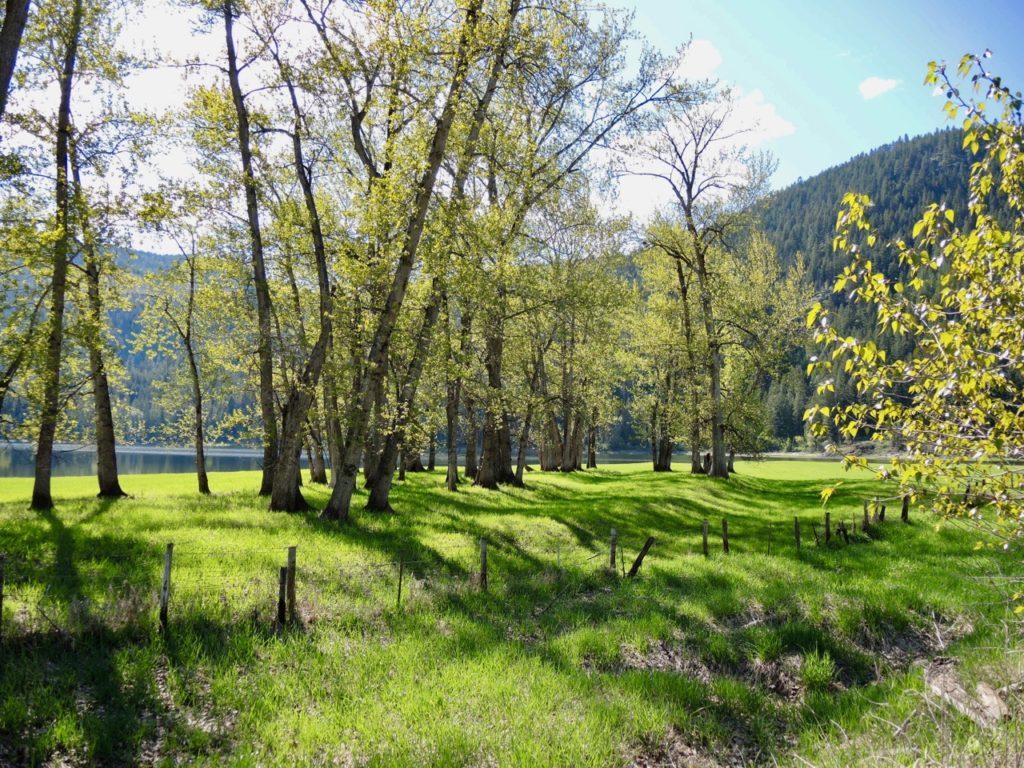
The benefits of the rail trail are more than just monetary, as it will encourage healthy living as more people will be actively enjoying the stunning scenery along Mara Lake, the Shuswap River and the surrounding farmland. Environmental stewardship will be a key attribute of the trail, as improvements will be made to prevent erosion and discourage misuse and users will gain more appreciation for nature. As well, it will help foster improved relationships with the Splatsin community as the trail will help improve understanding of Secwepemc values and culture.
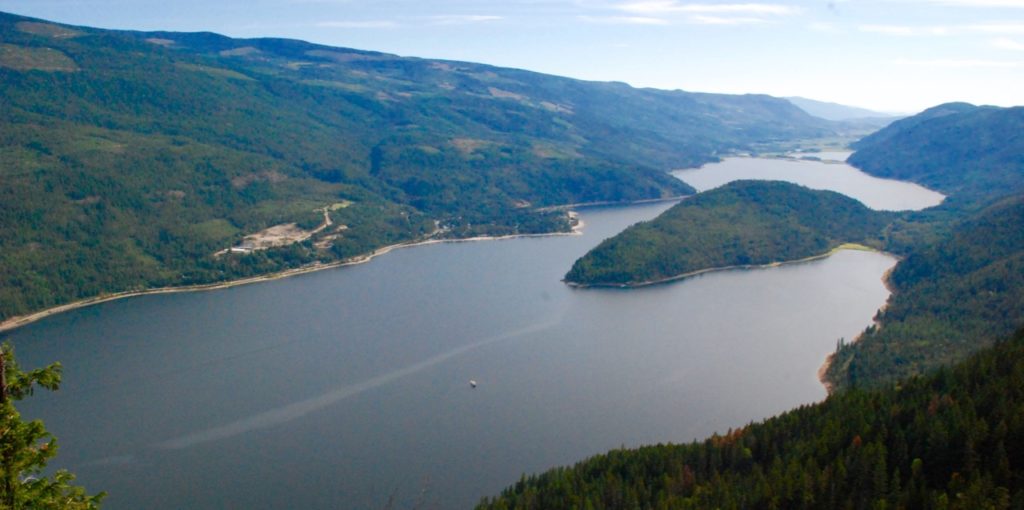
There are a number of focal points along the route that will add to trail experience. Sicamous is filled with tourists every summer, and many of them will undoubtedly discover the merits of the rail trail and decide to spend an extra day to experience it. Some might decide to simply take a short walk to Mara Point Provincial Marine Park to enjoy the view or hike just over 7 km to Mara Beach for a swim. Rosemond Lake, was likely once part of Mara Lake before the inlet was mostly blocked when the original Shuswap and Okanagan Railway was built in 1892, is another key feature.
Another value of the trail will be its potential to provide non-motorized transportation options between rural communities. As well, planning work is continuing to provide more opportunities for access from the trail to other features along the route.
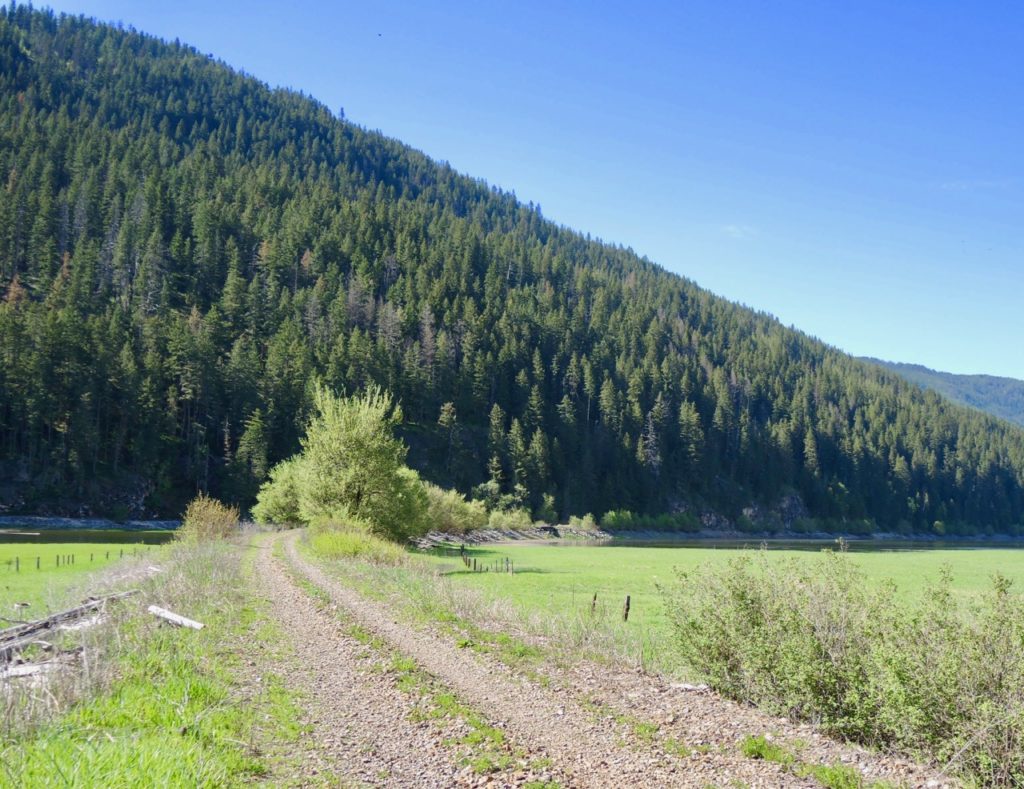
All the benefits from the rail trail will not come easily, given the total cost of the project will be $17 million or more. It will be necessary for both the provincial and federal governments to provide a substantial amount of funding, however in order for that to happen it will be key for local residents and businesses to contribute a significant percentage of the total. A clever funding project is now underway with a goal to “sell” 50,000 metres at $160 each. Visit shuswapokanaganrailtrail.ca to contribute to this most worthwhile project.
POSTSCRIPT
The Okanagan Rail Trail Impact Assessment identified the potential for a variety of user groups, including local walkers or bikers, local and regional commuters. regional users and tourists from outside the region. Many of these user groups would also either shop at local stores or eat at a nearby restaurant, thus adding to the positive economic impact, which would also be the case for the Shuswap North Okanagan trail. Another advantage to the rail trail is that is would help to extend the tourism season by attracting hikers and bikers in the spring an fall. Once they come to our region to enjoy the rail trail, it would be likely that they discover other trails to experience, including the South Canoe trails, the White Lake to Blind Bay trail and trails along the Adams River at Tsútswecw Park.
Having a world class rail trail will help make the Shuswap – North Okanagan a cycling destination that will attract tourists from throughout North America, Europe and Asia. These tourists will end up staying one or more nights, thus adding to the positive economic impacts. Tourists that already come to experience the summer at the lake may also end up staying an additional day or two to enjoy the rail trail and other trails. The result will be millions of dollars in spending and many new jobs every year.
Use this link to donate to the Shuswap North Okanagan Rail Trail project and help create a lasting legacy that will provide multiple benefits for decades to come. Thank you.
